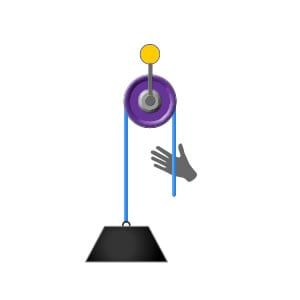
The 1:1 Redirect Pulley System
In the illustration to the right we have a rope attached to a load weighing 100kg. The rope has been passed through a pulley which
Please confirm you want to block this member.
You will no longer be able to:
Please note: This action will also remove this member from your connections and send a report to the site admin. Please allow a few minutes for this process to complete.